Discover the hidden secrets of Italy's extra-virgin olive oil
What you need to know.
— -- Behind the expensive price tag of a bottle of Italian extra-virgin olive oil are the effort, labor costs, and production that goes into it.
Extra-virgin olive oil has to be free of defects. “It’s just crushed fruit,” says Curtis Cord, publisher of Olive Oil Times. “We pay more for extra-virgin olive oil because we expect that it has certain tastes and certain health qualities.”
Cord says to produce the best olive oil, it takes the right terrain, region, and weather. However, these requirements have made it challenging for Italian farmers to harvest their olive crops over the past few years.
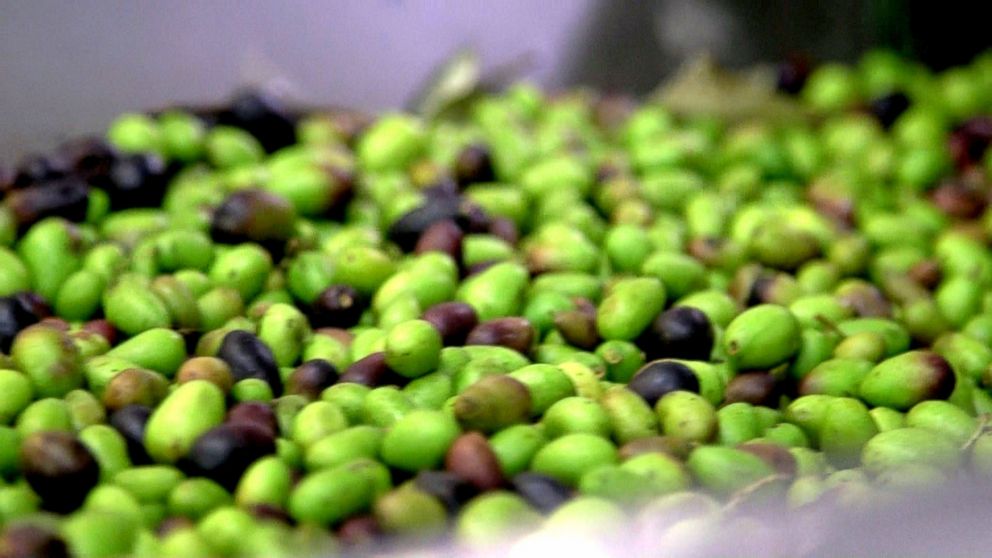
“What we're seeing right now in Italy is the effect of drought. There are pests and outbreaks of bacterial infections.” Cord said in 2016. “The olive oil producer is on a never-ending battle with climatic conditions, economic conditions, and a whole host of other things.”
In 2014, Italy experienced a freeze that knocked budding flowers from the blossoming olive trees. Then in Tuscany during the summer, temperatures turned hot and humid and a huge hailstorm followed. This led to continued growing struggles for olive growers.
“I remember 2014 everybody was saying, ‘Well. It happened one year...’” said Giorgio Gonnelli of Gonnelli 1585. Producers expected that after 2014 the weather and production would improve.
By 2016, “Everybody was expecting a big year.” Gonnelli said “Then July and August turned out to be crazy.” More hot temperatures, humidity and another violent hailstorm cut the Italian olive oil production by more than 50 percent from initial projections, according to data from the International Olive Oil Council.
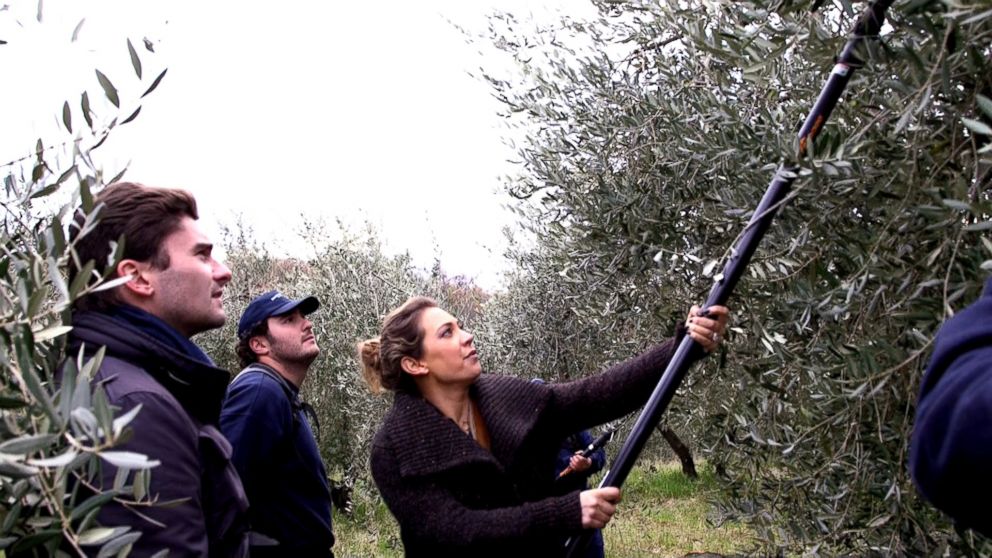
Gonnelli says that olives need a span of colder, dry weather, to allow their fruit to mature. For the past couple of years, it has been harder to produce the amounts of oil they need from the juice the fruit is providing. If there is too much rainfall, the olives produce less oil.
Outside of the challenges that volatile weather conditions have caused, a bacterial virus called xylella fastidiosa and an insect called the olive fruit fly have also wreaked havoc on the labors of olive farmers.
The fruit fly in particular is a difficult issue to solve because the fly lays its eggs inside ripening olives. The problem is you can’t see what is happening inside unless you cut open the olive. By the time the growers know the fly larva is there the damage has already been done.
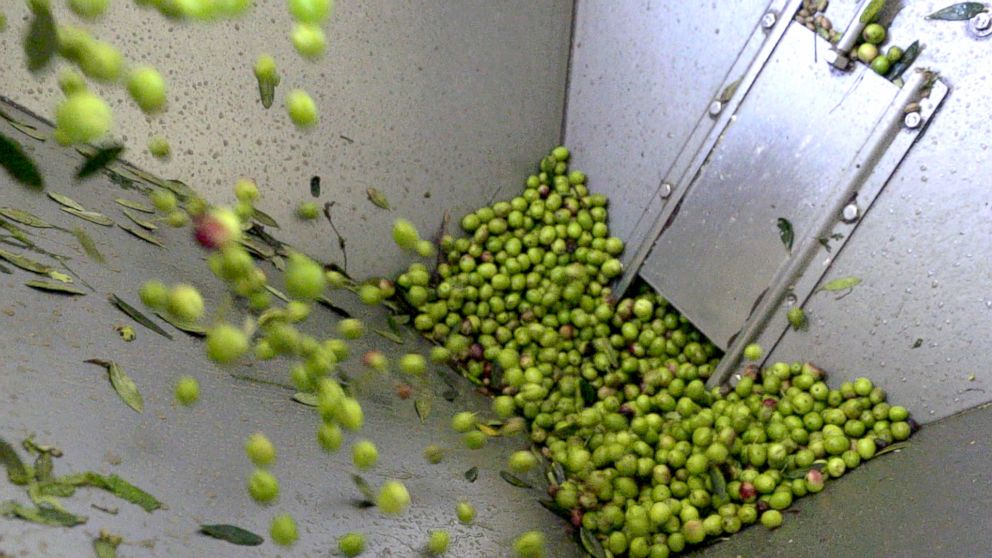
Entomologist Luigi Ponti has studied the relationship between the fruit fly and weather. “If you don't control the fly, it's gonna be a problem regardless of the year or the season,” Ponti said. “You have to take measures to control the populations of these insects.”
“The soil, you've got to keep it clean from grass so that all the bugs, you can kill them,” said Marina Colonna, an oil producer from Southern Italy. Colonna pointed out the importance of spending money in order to continue producing quality extra virgin olive oil.
With the struggles olive oil production faces in Italy, American consumers may wonder what that means for their consumption. According to Cord, olive oil producers have bumper crops in place as a backup when they face a troubling production season.
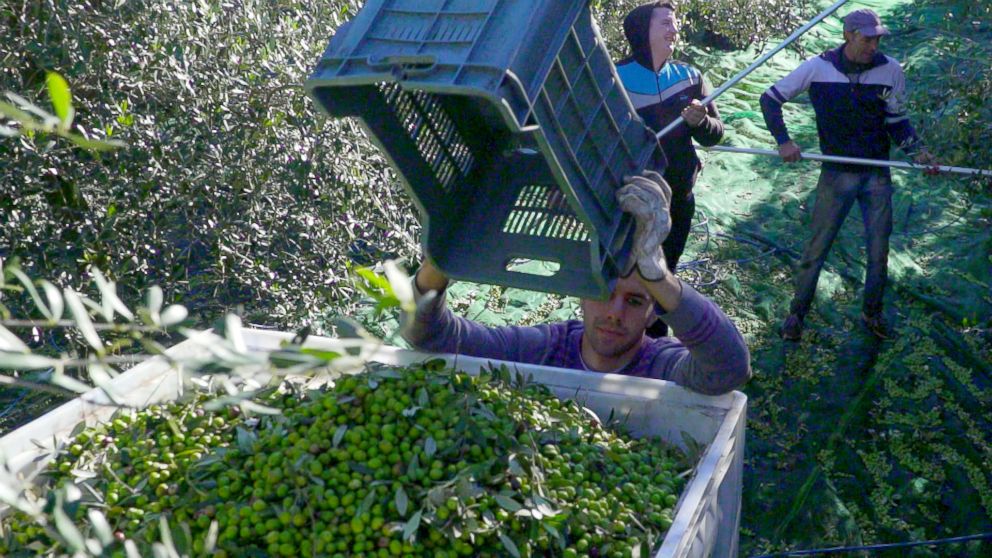
This means what the consumer thinks is fresh may be an older oil. “We're going to the store and we're buying what we think has a two-year shelf life but it's already been there for at least a year, if not longer,” said Cord.
He says it's best to look for a harvest date on the label. “At least make sure it's fresh, once you do that, then you can learn how to taste it and see for yourself.”
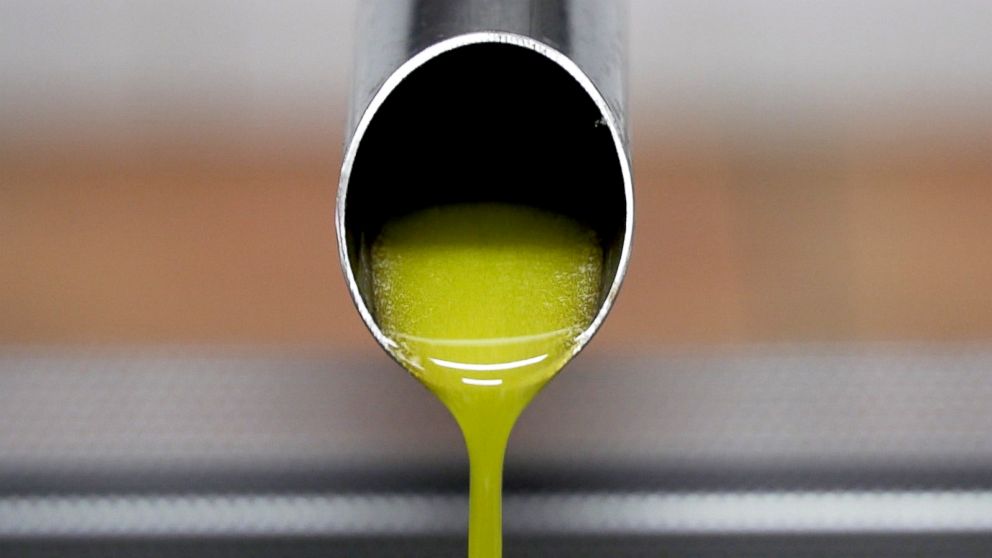
In comparison to 2016’s production, the farms of Italy saw a 75 percent increase in 2017, according to the International Olive Oil Council.
This gives hope to those Italian farmers. “It's very difficult because everything is conspiring against you. The industry and the system, and so you’ve got to try to keep your company, try to keep your farm,” Colonna said, “If you can make it, you are lucky.”
For more stories from ABC News' "Food Forecast" series, download the ABC News App on iOS or Android.




